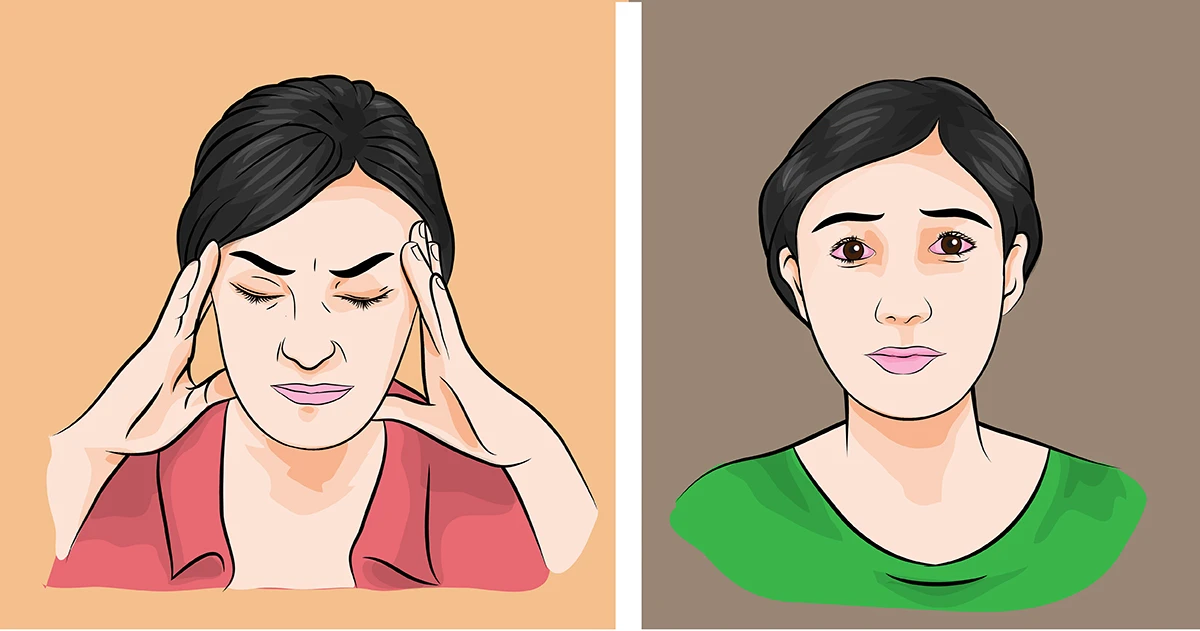
Common air pollutants found in the home and workplace include mold and mycotoxins, which could be the cause of your symptoms.
Types of Mold and Where to Find Them
The types of mold or mildew that you’re most likely to find in your home is Cladosporium, Penicillium, Alternaria, Aspergillus, and Stachybotrys chartarum, a greenish black mold better known as “toxic black mold” that can grow on wood, paper, gypsum and fiberboard, paper, dust, and lint. Mildew usually had a white or grayish color.
Water damage is often the culprit behind a growth of indoor mold. More than 25 percent of homes in the U.S. are said to have some kind of water damage. However, mold can grow year-round indoors or outdoors and flourishes in places where it’s damp, warm, and humid.
Mold can grow on your ceiling, in the bathroom, on windows and frames, floor, furniture, air ducts and HVAC, clothes, in the basement, and kitchen.

Symptoms of Mold Exposure
Signs that you may have toxic mold exposure are often expressed through allergic reactions like:
- wheezing
- rash
- watery eyes
- runny nose
- itchy eyes
- coughing
- redness of the eyes
Mold exposure can also lead to more serious conditions, such as:
- respiratory distress
- inflammation
- cognitive issues
- neurological symptoms
- immune suppression
- asthma
- fatigue and weakness
- post-exertional malaise
- disorientation and confusion
- headaches
- vertigo and lightheadedness
- sensitivity to light or blurred vision
- muscles aches and pains
- abdominal issues like nausea, cramping, and diarrhea.
- static shocking
How to Treat It

The first thing to that should be done when treating mold exposure is to remove yourself from areas with the mold infestation and get away from anything that may have absorbed mold. Remove the source of the mold in your home and take measures to prevent it from reoccurring. You may also want to invest in air purifying devices.
Take a clay, charcoal, cholestyramine or other binder supplements to get rid of the toxins in your body. It’s important to make sure you stave off constipation while you take these supplements because you want to get the toxins OUT of your body.
Talk to your doctor about treating mold and fungal infections in your body, including your sinuses, gut, bladder, vagina and lungs.
Take supplements that enhance detoxification like liposomal glutathione, milk thistle, n-acetylcysteine, alpha lipoid acid, glycine, glutamine, and taurine. Avoid foods that contain mycotoxins like corn, wheat, barley, rye, peanuts, sorghum, cottonseed, some cheeses, alcoholic beverages such as wine and beer, oats, rice, tree nuts pistachios, brazil nuts, chiles, oil seeds, spices, black pepper, dried fruits, figs, coffee, cocoa, beans, and bread.
source : http://shareably.net
